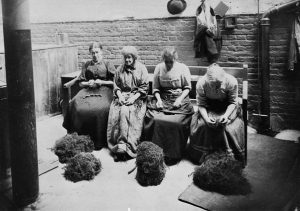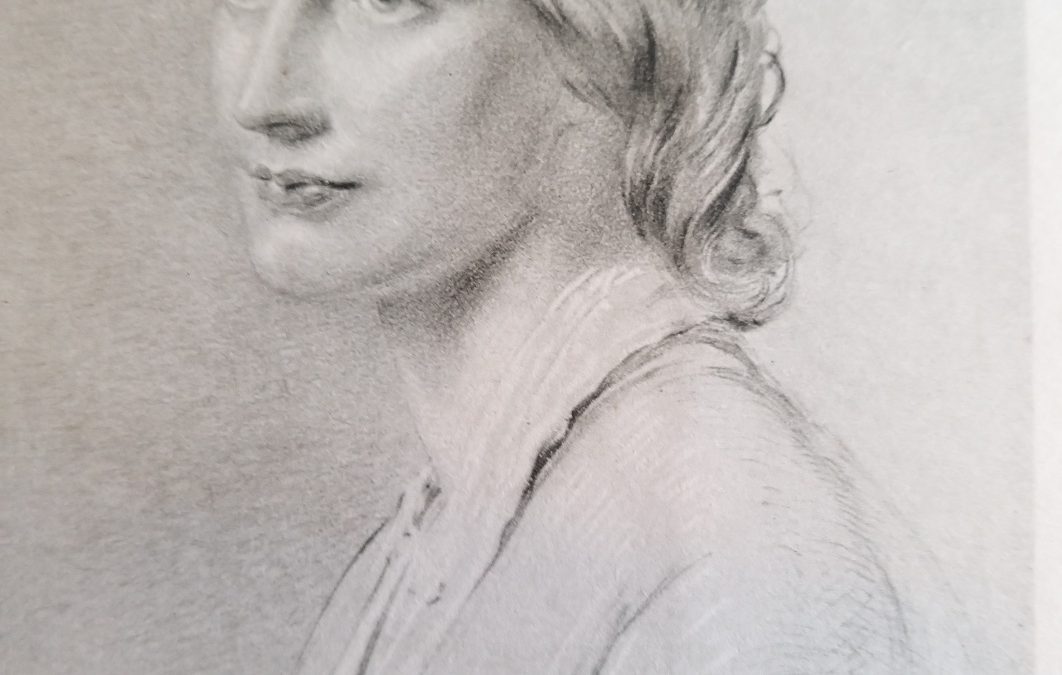Josephine Butler (nee Grey) had a burning passion throughout her life for women’s rights. What lit that fire?
Both her parents were great advocates of social justice and throughout Jospehine’s childhood they had fought for the freedom of enslaved people. The fire of passion was lit.
Life in Oxford
In 1852 she married Charles Butler, a minister, academic at Oxford and supporter of social justice. The year after their marriage Elizabeth Gaskell published ‘Ruth’. The connection?
Josephine was often the only female at Oxford social events and found them misogynistic and a place of double standards. Back to the novel, Ruth, Josephine was fired with anger that the men discussing this novel at a social event felt that a moral lapse in a woman was immensely worse than any behaviour of a man; she decided not to voice her feelings but to turn her anger to practical action. The fire of passion was stoked.
During her time with Charles in Oxford and then Cheltenham, Josephine sought to support destitute women and became engaged in campaigns for women’s education.
While in Oxford, they had two sons but their personal life was touched by the tragic death of their daughter. At the age of five Eva had an awful accident from which she never recovered.
Charles’s work took them to Cheltenham and then to Liverpool.
Loneliness in Liverpool
In 1866 they moved to Liverpool where Charles became the Principal of the Liverpool College; during his time he introduced modern subjects of history and geography. This kept him very busy and the sons were also at college. Thus, Josephine was alone at home and wrote ‘how sweet the presence of my little daughter would have been now.’
Reflecting upon her loneliness she realised that ‘I only knew that my heart ached night and day, and that the only solace possible would seem to be to find other hearts which ached night and day, and with more reason than mine.’
Seeking out women facing grave hardship was not difficult in Liverpool. Josephine went to a workhouse holding over five thousand poor people. In the jail for women she visited a large bare cellar. Here she met both prisoners and some women who went voluntarily to beg for a nights shelter and a piece of bread. In return for this they had to pick oakum.
Picking oakum was hard labour that involved removing the hard tar that covered heavy rope used at sea. Josephine sat on the floor, joined the women and brought laughter to this dark place. Oakum pickers developed thick black scars on their hands from this work. They also suffered tendonitis, bursitis, nerve damage, and all those other conditions that result from repetitive stress motions.

Oakum picking
It was in this terrible place that Josephine met a young girl who had been seduced by a wealthy man; consequently she had become a prostitute[1] and then ill through infection.
What will the neighbours think!
Josephine was so concerned about this girl’s health that she took her to her own home in a respectable part of the city. What will the neighbours think? Well, neither Josephine or Charles cared; their care was for this girl, and others who were also housed in the attic and treated by a local doctor.
This arrangement had to change simply because of the numbers of girls. Josephine raised funds and got the support of a local workhouse. Hence, she was able to open ‘The Home of Rest’. Once the girls were healthy, they were offered employment in a small factory that allowed them to do unskilled work in a safe environment.
The fire of passion burned bright. Seeing how these girls blossomed in a safe place and through her network, Josephine went on to extend her influence. Next time we can look at how she became a national figure … not always popular but very influential.
My next post will look at the work Josephine did nationally to support girls and women. Meanwhile, you are invited to comment on my posts .. I always like to hear from folks. Please remember that you can book me as a speaker; all funds raised goes to two charities associated with the work of Elizabeth and Josephine – Futures for Women and the Moravian Women’s Association.
[1] This historical term is used to represent the context and draw attention to the way women were regarded; they were also often referred to as ‘fallen women’.


Recent Comments